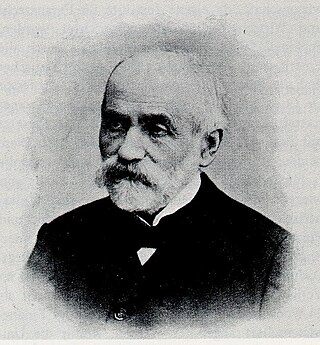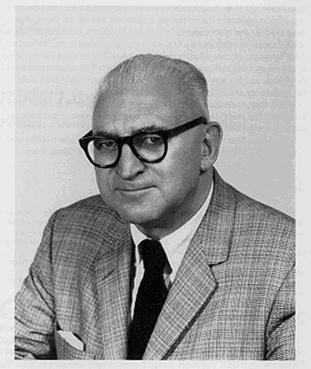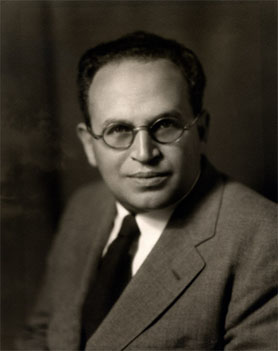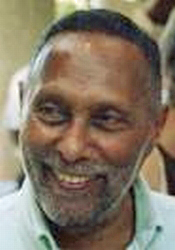
Ethnocentrism in social science and anthropology—as well as in colloquial English discourse—means to apply one's own culture or ethnicity as a frame of reference to judge other cultures, practices, behaviors, beliefs, and people, instead of using the standards of the particular culture involved. Since this judgment is often negative, some people also use the term to refer to the belief that one's culture is superior to, or more correct or normal than, all others—especially regarding the distinctions that define each ethnicity's cultural identity, such as language, behavior, customs, and religion. In common usage, it can also simply mean any culturally biased judgment. For example, ethnocentrism can be seen in the common portrayals of the Global South and the Global North.

Propaganda is communication that is primarily used to influence or persuade an audience to further an agenda, which may not be objective and may be selectively presenting facts to encourage a particular synthesis or perception, or using loaded language to produce an emotional rather than a rational response to the information that is being presented. Propaganda can be found in a wide variety of different contexts.
The Radio Research Project was a social research project funded by the Rockefeller Foundation to look into the effects of mass media on society.

Theodor W. Adorno was a German philosopher, musicologist, and social theorist.

Harold Dwight Lasswell was an American political scientist and communications theorist. He earned his bachelor's degree in philosophy and economics and his Ph.D. from the University of Chicago. He was a professor of law at Yale University. He served as president of the American Political Science Association, American Society of International Law, and World Academy of Art and Science.
The hypodermic needle model is claimed to have been a model of communication in which media consumers were "uniformly controlled by their biologically based 'instincts' and that they react more or less uniformly to whatever 'stimuli' came along".

The two-step flow of communication model says that most people form their opinions under the influence of opinion leaders, who in turn are influenced by the mass media. In contrast to the one-step flow of the hypodermic needle model or magic bullet theory, which holds that people are directly influenced by mass media, according to the two-step flow model, ideas flow from mass media to opinion leaders, and from them to a wider population. Opinion leaders pass on their own interpretation of information in addition to the actual media content.

Paul Felix Lazarsfeld was an Austrian-American sociologist. The founder of Columbia University's Bureau of Applied Social Research, he exerted influence over the techniques and the organization of social research. "It is not so much that he was an American sociologist," one colleague said of him after his death, "as it was that he determined what American sociology would be." Lazarsfeld said that his goal was "to produce Paul Lazarsfelds". He was a founding figure in 20th-century empirical sociology.
Agenda-setting theory suggests that the communications media, through their ability to identify and publicize issues, play a pivotal role in shaping the problems that attract attention from governments and international organizations, and direct public opinion towards specific issues. The theory suggests that the media can shape public opinion by determining what issues are given the most attention, and has been widely studied and applied to various forms of media. The way news stories and topics that impact public opinion are presented is influenced by the media. It is predicated on the idea that most individuals only have access to one source of information on most issues: the news media. Since they establish the agenda, they may affect how important some things are seen to be.
Uses and gratifications theory is a communication theory that describes the reasons and means by which people seek out media to meet specific needs. The theory postulates that media is a highly available product, that audiences are the consumers of the product, and that audiences choose media to satisfy given needs as well as social and psychological uses, such as knowledge, relaxation, social relationships, and diversion.
In media studies, mass communication, media psychology, communication theory, and sociology, media influence and themedia effect are topics relating to mass media and media culture's effects on individuals' or audiences' thoughts, attitudes, and behaviors. Through written, televised, or spoken channels, mass media reach large audiences. Mass media's role in shaping modern culture is a central issue for the study of culture.
Audience theory offers explanations of how people encounter media, how they use it, and how it affects them. Although the concept of an audience predates media, most audience theory is concerned with people’s relationship to various forms of media. There is no single theory of audience, but a range of explanatory frameworks. These can be rooted in the social sciences, rhetoric, literary theory, cultural studies, communication studies and network science depending on the phenomena they seek to explain. Audience theories can also be pitched at different levels of analysis ranging from individuals to large masses or networks of people.
Communicology is the scholarly and academic study of how people create and use messages to affect the social environment. Communicology is an academic discipline that distinguishes itself from the broader field of human communication with its exclusive use of scientific methods to study communicative phenomena. The goals of these scientific methods are to create and extend theory-based knowledge about the processes and outcomes of communication. Practitioners in the communicology discipline employ empirical and deductive research methods, such as cross-sectional and longitudinal surveys, experiments, meta-analyses, and content analyses, to test theoretically-derived hypotheses. Correlational and causal relationships between communication variables are tested in these studies.
Herta Herzog-Massing was an Austrian-American social scientist specializing in communication studies. Her most prominent contribution to the field, an article entitled "What Do We Really Know About Daytime Serial Listeners?", is considered a pioneering work of the uses-and-gratifications approach and the cognitive revolution in media research. She was married to Paul Lazarsfeld, and later to Paul Massing, and was stepmother to Lazarsfeld's daughter, MIT professor Lotte Bailyn.
The following outline is provided as an overview of and topical guide to communication:
Popular culture is generally recognized by members of a society as a set of practices, beliefs, artistic output and objects that are dominant or prevalent in a society at a given point in time. Popular culture also encompasses the activities and feelings produced as a result of interaction with these dominant objects. The primary driving forces behind popular culture, especially when speaking of Western popular cultures, are the media, mass appeal, marketing and capitalism; and it is produced by what philosopher Theodor Adorno refers to as the "culture industry".

Active Audience Theory argues that media audiences do not just receive information passively but are actively involved, often unconsciously, in making sense of the message within their personal and social contexts. Decoding of a media message may therefore be influenced by such things as family background, beliefs, values, culture, interests, education and experiences. Decoding of a message means how well a person is able to effectively receive and understand a message. Active Audience Theory is particularly associated with mass-media usage and is a branch of Stuart Hall's Encoding and Decoding Model.
The multi-step flow theory assumes ideas flow from mass media to opinion leaders before being disseminated to a wider population. This theory was first introduced by sociologist Paul Lazarsfeld et al. in 1944 and elaborated by Elihu Katz and Lazarsfeld in 1955.
Various aspects of communication have been the subject of study since ancient times, and the approach eventually developed into the academic discipline known today as communication studies.
Lasswell's model of communication is one of the first and most influential models of communication. It was initially published by Harold Lasswell in 1948 and analyzes communication in terms of five basic questions: "Who?", "Says What?", "In What Channel?", "To Whom?", and "With What Effect?". These questions pick out the five fundamental components of the communicative process: the sender, the message, the channel, the receiver, and the effect. Some theorists have raised doubts that the widely used characterization as a model of communication is correct and refer to it instead as "Lasswell's formula", "Lasswell's definition", or "Lasswell's construct". In the beginning, it was conceived specifically for the analysis of mass communication like radio, television, and newspapers. However, it has been applied to various other fields and many theorists understand it as a general model of communication.







